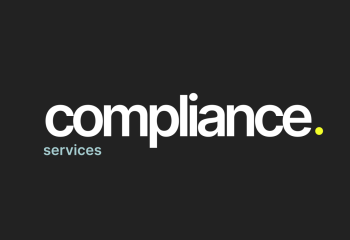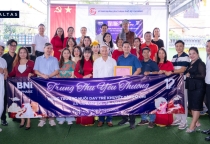Intellectual Property Law in the Semiconductor Industry: Key Considerations for Businesses
Views: 648
This article provides in-depth insights into the application of intellectual property (IP) law in the semiconductor industry, key factors businesses need to consider under Vietnamese law, and approaches to dispute resolution. The proposed strategies help businesses effectively safeguard their intellectual assets, strengthen competitive advantages, and promote sustainable growth.

The Importance of Intellectual Property Law in the Semiconductor Industry
The semiconductor industry is the foundation of modern technological development. With its highly competitive nature and significant investment requirements in research and development (R&D), protecting intellectual property (IP) has become a critical factor for survival. Companies in the industry face not only the risk of unauthorized replication but also the challenge of addressing cross-border disputes, increasing the complexity of maintaining their market position.
IP protection not only secures innovations but also creates opportunities for added value through licensing, collaboration, or market expansion. As countries ramp up investments in chip and microchip production, understanding IP laws is key for Vietnamese businesses to integrate and grow in the global market.
Key Factors Businesses Should Consider Under Vietnamese Law
The semiconductor industry encompasses a wide range of assets that can be protected by intellectual property rights. These assets include materials, manufacturing techniques, processors, memory, security features, sensors, analog systems, system integration, packaging, communication technologies, software, testing, and validation. To prevent unauthorized copying of designs, companies must focus on the critical importance of protecting semiconductor layout designs.
Currently, Vietnam does not have specific laws dedicated to the protection of semiconductor layout designs, as seen in some other countries. Instead, these designs are regulated under intellectual property law. According to the Intellectual Property Law, a semiconductor layout design refers to the three-dimensional arrangement of circuit elements and the interconnections of those elements in a semiconductor integrated circuit. Industrial property rights to layout designs are established based on a certificate of registration issued by the Vietnam Intellectual Property Office or international registration recognition under treaties to which Vietnam is a party.
For a layout design to be protected, it must meet the conditions of originality and commercial novelty. The certificate of registration for a semiconductor layout design is valid from the issuance date and expires on the earliest of the following dates:
· Ten years from the filing date of the application.
· Ten years from the first commercial exploitation of the layout design by the rightful registrant or their authorized party anywhere in the world.
· Fifteen years from the creation date of the layout design.
Resolving Intellectual Property Disputes
When disputes arise, careful preparation of legal documentation is a prerequisite for protecting rights. Businesses should prioritize negotiation or mediation before escalating matters to courts or commercial arbitration. In the context of global integration, collaborating with experienced legal firms or intellectual property consulting organizations can help companies effectively handle cross-border disputes.
One of the major challenges is dealing with disputes across multiple countries with differing legal systems. To address this, businesses should establish dedicated legal teams or collaborate with reputable legal advisors and maintain strong relationships with IP regulatory authorities in strategic markets.
Strategies for Protecting Rights in the Semiconductor Industry
Protecting intellectual property is a long-term strategy. Businesses need to proactively register IP rights early in the development phase and expand protection to potential markets. Additionally, educating employees about the importance of IP and fostering internal initiatives to encourage innovation are indispensable components of an effective strategy.
Collaboration is key to minimizing the risks of disputes. Instead of competing, businesses can seek strategic partners to share technologies, optimize resources, and co-develop new solutions. Furthermore, participating in international organizations or forums on intellectual property helps businesses stay updated on trends and build valuable networks.
Author: Chau Thi Bich Tram
Date: 21.01.2025


























![?️ [ALTAS TALK IS COMEBACK | SERIES: “TAX MATTERS 2025”] ?️ [ALTAS TALK IS COMEBACK | SERIES: “TAX MATTERS 2025”]](thumbs/210x144x1/upload/news/altas-talkintro-7705.png)



